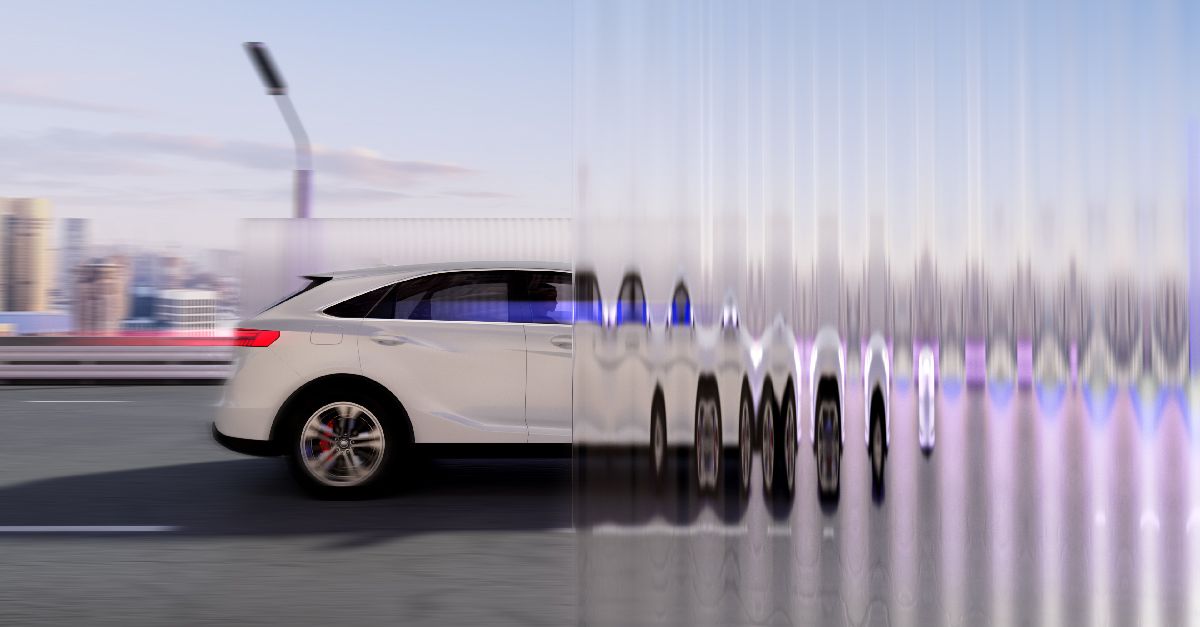diplomat33
Average guy who loves autonomous vehicles
Is Mobileye really promising L4 in consumer cars as opposed to fleets?
Yes they are. It will be called Mobileye Chauffeur. Mobileye is calling it a "turnkey self-driving system designed to turn a consumer car into L4 self-driven vehicle". They are targeting a cost of under $6,000 by 2025, according to the marketing they put out. It is listed as one of their products on their solutions website:


Mobileye Solutions | From Driver Assistance to Self-Driving
Discover our full spectrum of solutions, from the driver-assistance systems in over 100 million vehicles today to the turnkey self-driving systems of tomorrow.
Correct me if I'm wrong, but Baidu, Cruise, and Waymo has zero plans to offer L4 on consumer cars, they are sticking to fleets. Their whole operation model is all based on a fleet with support infrastructure behind the scenes (not on a consumer vehicle that operates largely on its own).
I admit that part is some educated speculation, which is why I said "I think" and "IMO". I know they have not announced any L4 consumer car plans and are focused on robotaxis right now. However, Baidu announced a robotaxi that will only cost $37k and will be available in 10 cities in China next year. It would stand to reason that if all goes well with their robotaxi plans, they could offer it as a consumer car at that price if they wanted to. Cruise is owned by GM. Conceivably, in a few years, if Cruise's L4 is good enough, I think it would make sense for GM to adapt Cruise's L4 to their consumer cars in some way. And as far as Waymo is concerned, they have said they are interested in personal car ownership after they scale the robotaxi ride-hailing. The plan is to eventually let consumers lease a Waymo robotaxi and then after the lease is over, Waymo would add the car onto their ride-hailing network.
Bottom line is that if L4 is solved in 5+ years, I think it would only make sense for these companies to license their L4 to automakers. I think they are doing robotaxis now because it allows them to start using the tech while it is still being developed. It lets them test and offer ride-hailing to the public in a more controlled environment. But once L4 is solved, I don't see why they would continue to restrict themselves to only robotaxis.



